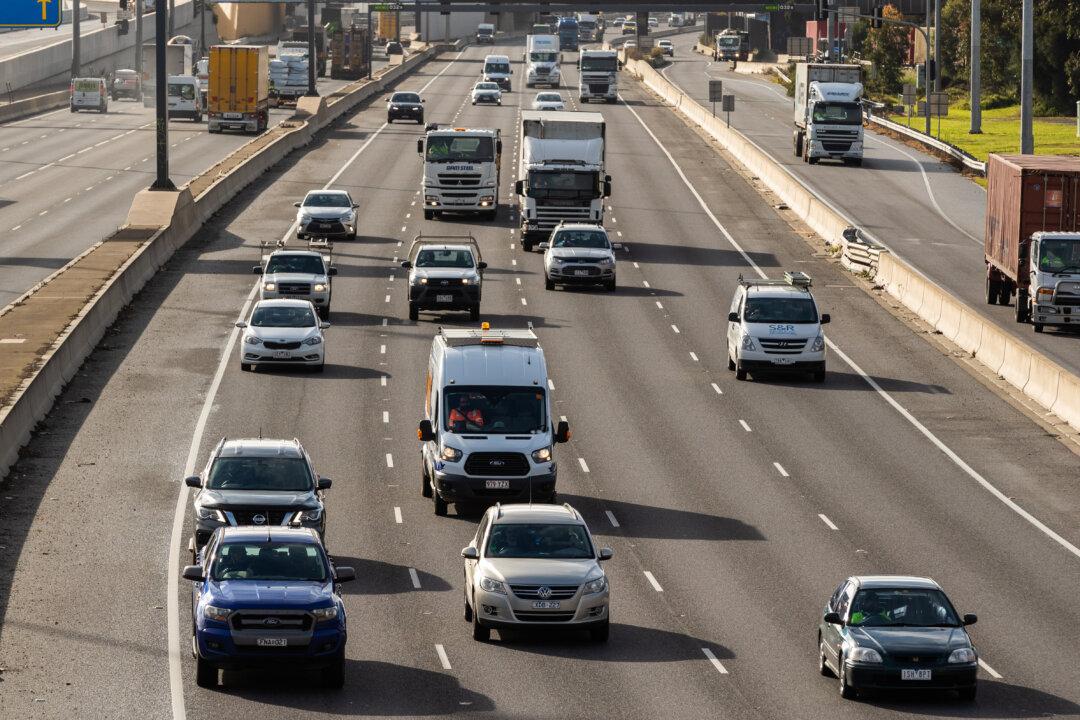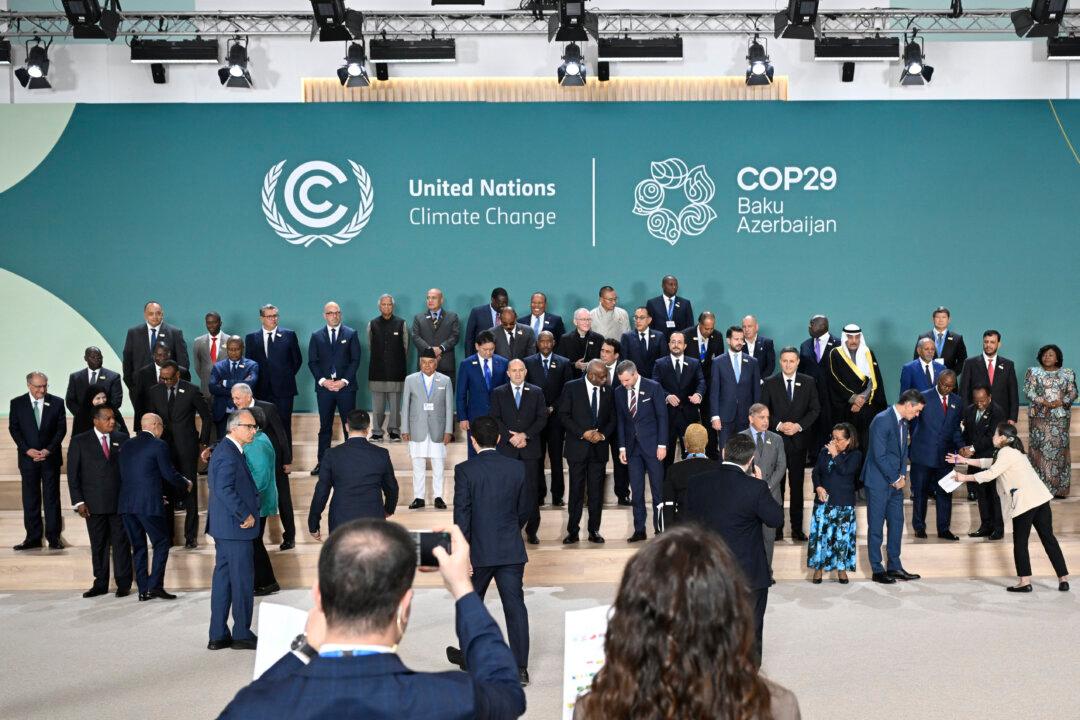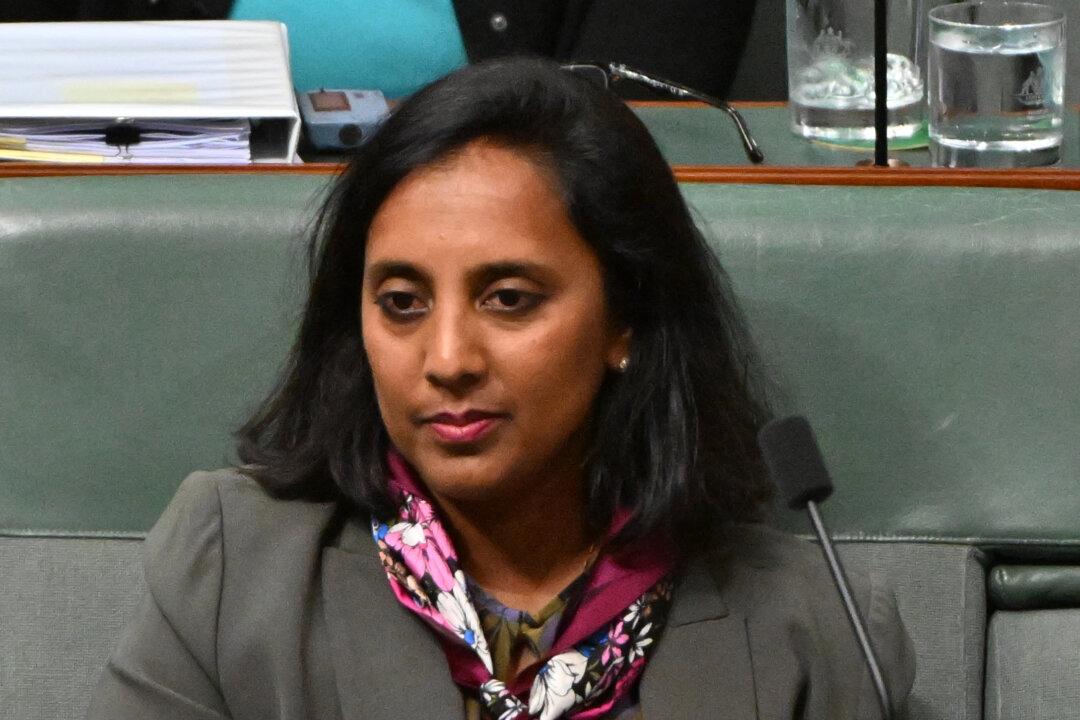The Labor party has announced its policy costings, which are expected to put a $7.4 billion (US$5.19 billion) dent in the federal budget over the next four years if the centre-left political party wins the election on May 21.
More specifically, the promises made by Labor during the six-week election campaign will cause the budget deficit for the 2022-2023 financial year to rise to $79.1 billion.





